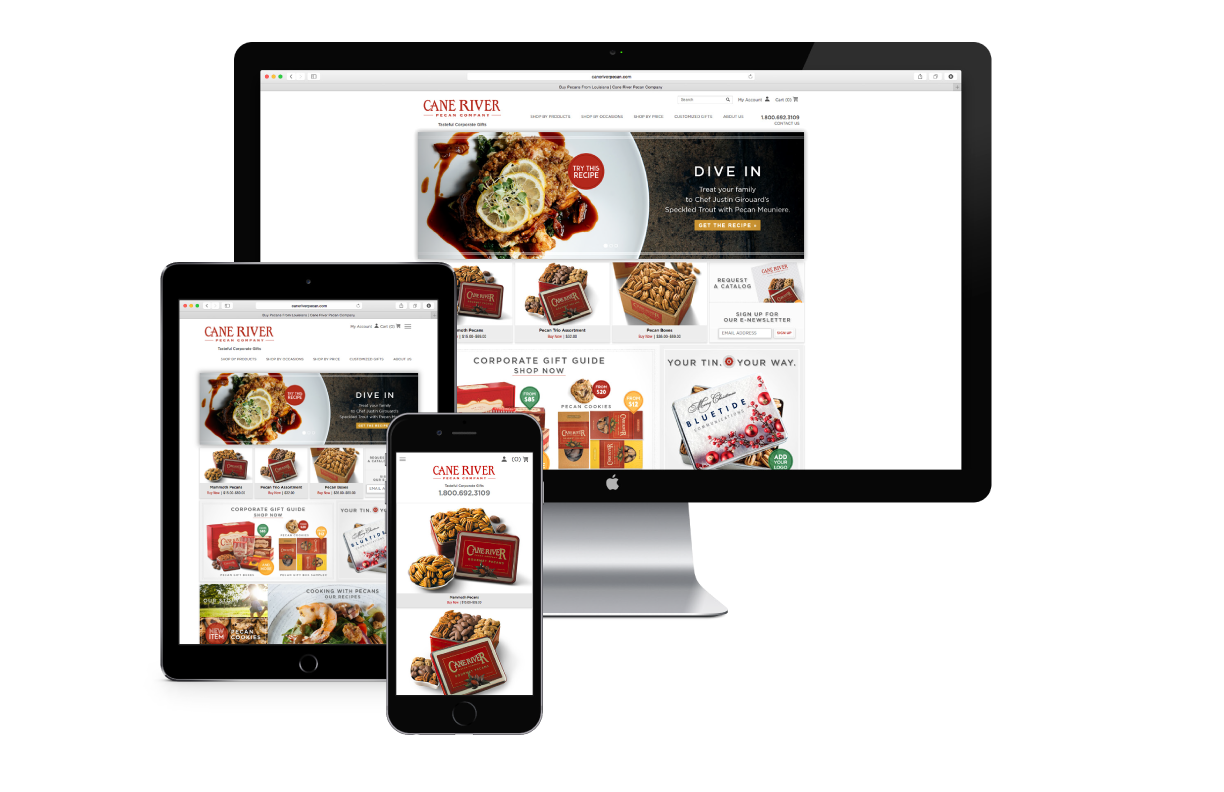Many people use smartphones and other handheld devices as convenient tools to maintain access to the Internet throughout the day. Because of how popular mobile Internet browsing is, web design companies would now have to seriously consider the mobile-friendliness of their work to make sure it gains higher traffic and reaches a larger audience.

What is a mobile-friendly site?
The content on a mobile-friendly website is designed to have a pleasant appearance and intuitive layout, even when viewed on different-sized devices. The information shown on the page should be easy to process for the user and is as clear and readable on a small display as it would be on a larger monitor.
A mobile-friendly website could be programmed according to responsive web design, which means it will adapt the layout to its device. The author of an article on responsive web design, Ethan Marcotte, was inspired by Responsive architecture that used dynamic forms that shaped the space in a room and reacted to the people present. Similarly, responsive web design adapts the website’s layout for users’ needs based on their device viewport and orientation changes.
The approach allows a website to move elements like text and images in a predetermined way into a more visually pleasing arrangement. Making a website more comfortable and convenient to use on desktop computers and mobile devices would help make the following decisions.
What details would a web design company consider?
Mobile Internet users need fast access to information and often search online in the middle of an activity. Overloading the website layout with too many unnecessary elements can make it difficult to open from a mobile browser, let alone give the user what they need. Bad design can also frustrate the user with long load times, incomprehensible images and texts, and a difficult interface.
A mobile-friendly website is designed to be clear and concise. It could have fewer items on the screen, making the information simpler and the information itself easier to digest for the users. A Tucson Web Design Company would have to include essential elements in their designs which direct user activity and highlights the information needed. Keeping the website design based on why the user accessed the site will make it more efficient, give the user a smooth experience, and give the page a more polished look.
Font size matters in responsive web design, and the text displayed on a website must balance important elements on the screen to function well and look appealing. When trying to balance the elements of a website, font size can give more or less emphasis to the information provided on the page. However, small fonts on a mobile screen could strain the eyes, and a font that is too large will not be seen well. Therefore, a middle ground should be established.
Other elements will also impact the time a website takes to load on a handheld device. For this reason, using common fonts is better than having more obscure fonts that might need to be downloaded while loading the page. Similarly, images on a website can easily make a page unusable by obscuring important sections of the screen or slowing downloading time because of the large file size.
Another element to pay attention to is button size and placement, making or breaking the navigation on a website viewed with a mobile device. The buttons need to be easy to operate and will be spaced enough for users to operate comfortably, but having too many buttons in one place could also clutter the screen.
What can you leave out?
Good management practices like trimming a website’s content to be more appealing and efficient on mobile devices will save time for the user and the designer. One way to make sure that the website provides a smooth user experience while saving a lot of work, in the long run, is by testing the website to find problems and removing elements that bring down performance.
Ads are annoying to the average person, and placing them over the page’s main content could make any user consider leaving and finding another website to browse. Removing pop-ups and ads that cover most of the screen will make using a website less frustrating.
It is also important to remember that flash is not supported on many browsers and mobile devices, and users on these devices will not see any flash animations used. Flash does not have a place in a well-designed website and will slow download time on a page, so better to avoid it completely.
To find problems before they become apparent, testing must be done often and efficiently because a maintenance can be tedious, and problems can crop up at any time in unexpected places. After making a site and tuning and tweaking the layout, the designer should try using the website as intended. Tests should be done on different devices to accommodate a wide range of potential users, and asking friends and family to try accessing the website is a simple way to get feedback on the layout.
Mobile devices are becoming more popular, and designing a mobile-friendly website is a crucial step for any website designer. There are always new mobile device models being released with changes in materials and the like, which is why testing a website regularly will keep the designer aware of any problems to be sorted.
Mobile-friendly websites are important.
At the end of the day, a website needs to be mobile friendly to thrive, and approaching a Tucson Web Design Company to design a responsive and mobile-friendly layout is an efficient way to showcase what the website has to offer to its users.
